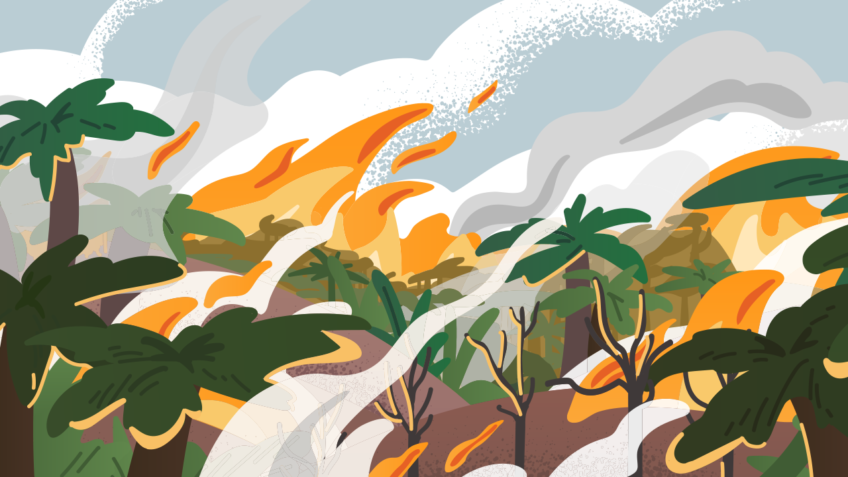
Natural Catastrophe Insurance: What you need to know
- 2018 natural disasters totaled $52 billion
- Wildfires, heat waves and droughts account for 34% of U.S. insured losses in 2018
- Tropical cyclones account for another 30% and thunderstorms with 27%
With fire season in full swing on the West Coast and the East Coast bracing for the coldest winter yet, natural catastrophes have become top of mind for both, home and business owners. It is not only essential to have a plan for every type of disaster, but also have an insurance policy in place to cover you when it’s time to pick up the pieces. In this blog we will discuss Catastrophe Insurance, what it covers and how to best fill the gaps in the insurance you currently have in place.
What is Catastrophe Insurance?
Catastrophe Insurance is exactly what you’d expect from the name – insurance coverage for a disaster such as an earthquake, hurricane, flood, etc. The coverage you receive will typically depend on the coverage type, your location’s vulnerabilities to such disasters, and what type of solutions your insurance company offers. While most catastrophes are insurable, you must be wary of those that require separate coverage. The catastrophes that are covered by insurance include:
- Fires and Wildfires: Brush and forest fires fall under the catastrophic event category and would need to be discussed with your insurance provider. For office and home fires, most are covered under general comprehensive policies.
- Earthquakes: Earthquake coverage is usually separate coverage for homes and businesses along fault lines. That means you California!
- Floods: Generally a separate policy that must be added on.
- Hurricanes: Typically requires additional coverage and prices vary depending on your location.
- Tornadoes: Usually included in most home and business owner policies.
- Tsunamis: Available in high-risk areas and are generally separate from your existing policy.
- Hailstorms: Covered through comprehensive coverage and auto policies.
- Terrorism: Depending on the policy, this may or may not require separate coverage.
- Volcanic Eruptions: Typically purchased through fire insurance as separate coverage.
Filling the Gaps with Catastrophe Insurance
It is important to know what your business insurance covers and where Catastrophe Insurance is needed to fill the gaps. Knowing the facts and limitations about your home, business and geography can make all the difference when signing up for your insurance policy. For example, if you’ve purchased flood insurance to cover your home but don’t include personal belongings, you may only receive compensation for your residence. Depending on your scenario, a lack of coverage could be extremely costly for your home or business.
At Colony West, we have years of experience covering catastrophes for our clients. If you are having trouble getting the answers you need regarding your insurance coverage, contact us to detect any limitations in your current policy and see if we have a better solution available for your needs.
